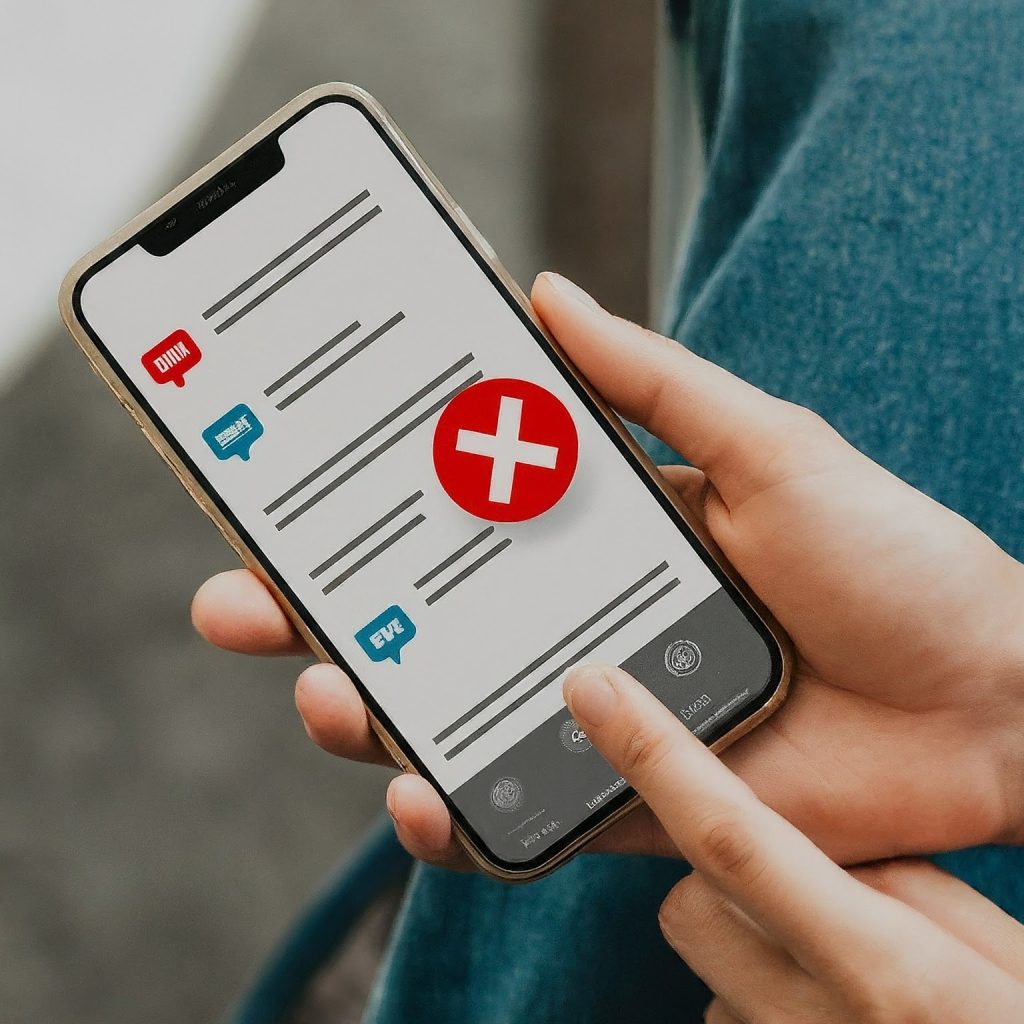Ever glanced at your AT&T bill and wondered if there’s a way to camouflage your text message activity? While invisibility might seem like a dream come true, the reality of hiding text usage on AT&T is a bit more nuanced. This article dives deep into the world of AT&T text messaging and explores the limitations and alternative approaches to managing your text message footprint.

Understanding AT&T Billing:
AT&T bills detail your cellular service usage, including voice calls, text messages (SMS/MMS), and data consumption. Text messages are typically listed by the date, time, and sometimes the recipient’s phone number (depending on your plan and settings).
The Myth of Disappearing Texts:
Unfortunately, there’s no magic trick to completely hide text usage on your AT&T bill. Traditional SMS/MMS messages sent through the cellular network will be reflected in your usage breakdown. Here’s why hiding them isn’t an option:
- Carrier Transparency: AT&T bills serve as a record of your service usage. Hiding this information would violate transparency and raise billing disputes.
- Network Infrastructure: Cellular networks are designed to track message traffic for billing and network management purposes. Altering this fundamental function would be complex and impractical.
Alternative Approaches for Managing Text Usage:
While hiding text usage isn’t possible, here are some strategies to manage your texting habits and potentially minimize their impact on your bill:
- Unlimited Text Plans: Consider switching to an AT&T plan with unlimited text messages. This eliminates concerns about exceeding usage limits and incurring charges.
- Data-Based Messaging Apps: Utilize messaging applications like WhatsApp or Facebook Messenger that rely on your data plan instead of cellular SMS/MMS. However, be mindful of data usage if you have a capped data plan.
- Wi-Fi Texting: If you have access to Wi-Fi, some messaging apps allow you to send and receive texts over Wi-Fi, further reducing reliance on cellular messaging.
- Monitor Your Usage: Regularly check your AT&T online account or app to monitor your text message usage and identify any unexpected spikes.
- Communicate with Family and Friends: Encourage frequent contacts who text you often to consider using data-based messaging apps for cost-effective communication.
Understanding Hidden Text Advantages:
While complete invisibility isn’t achievable, there are situations where text message details on your bill might not be entirely exposed:
- Limited Details: Depending on your plan and settings, recipient phone numbers might not be displayed for standard SMS/MMS messages. This offers a slight layer of privacy.
- iMessage (Apple Users): If you’re an iPhone user exchanging messages with other iPhones, these communications might not be reflected on your bill as they utilize Apple’s iMessage service, which relies on data or Wi-Fi, not cellular messaging.
Beyond Hiding: Addressing the Root Cause:
Instead of focusing on hiding text usage, consider addressing the root cause: your texting habits. Analyze your texting patterns and explore alternatives for cost-effective communication:
- Landline Calls: For lengthy conversations, consider using landline phones or calling apps like Google Voice that offer free or low-cost calling options.
- Group Chats: If you’re part of active group chats, consider using data-based messaging apps that are better suited for group conversations.
- Texting Etiquette: Encourage brevity and discourage unnecessary texting to minimize usage.
Conclusion:
While hiding text usage on AT&T isn’t possible, a combination of strategic planning, alternative messaging solutions, and mindful communication habits can help you manage your text message consumption and potentially reduce their impact on your bill. Remember, transparency and responsible usage are key to navigating the world of mobile communication.
Additional Resources:
- AT&T My Usage Tracker.
- Understanding Your AT&T Bill.
- Data-Based Messaging Apps: https://www.whatsapp.com/, https://www.messenger.com/
Disclaimer: This article is for informational purposes only and does not constitute financial advice. Always refer to your specific AT&T plan details and terms of service for the most accurate information.
لا تعليق